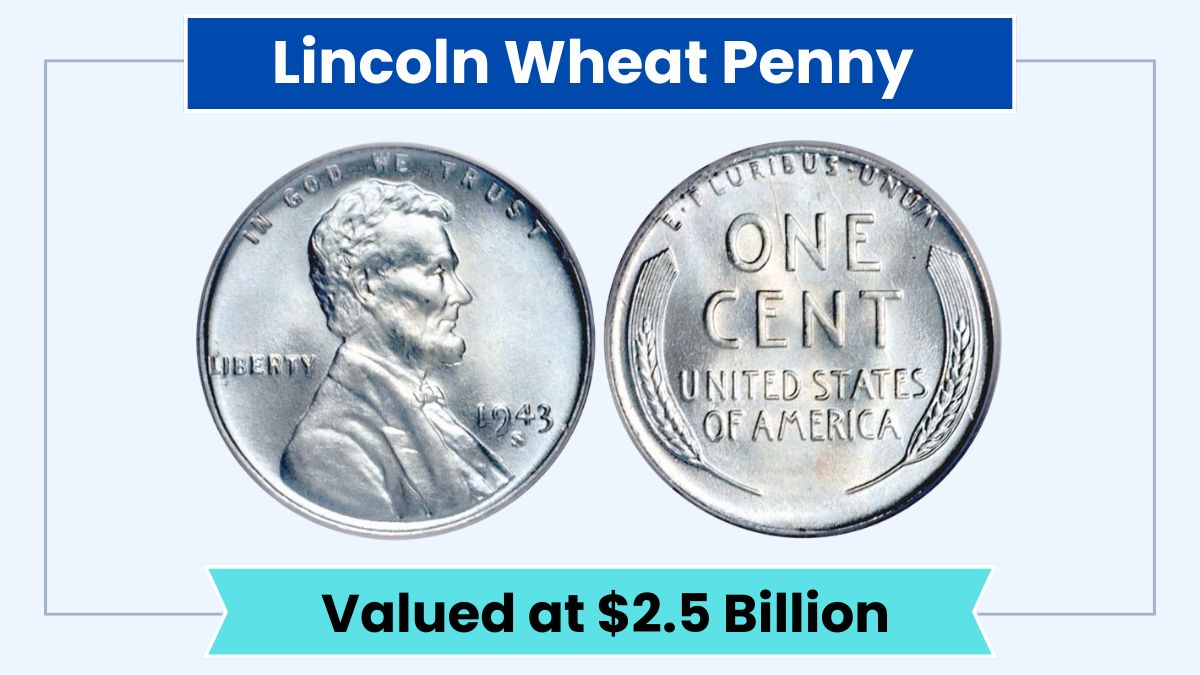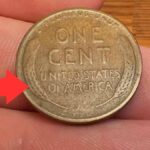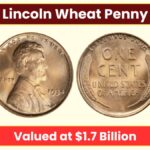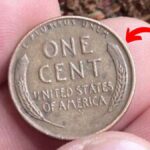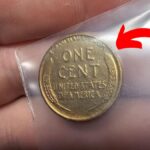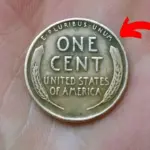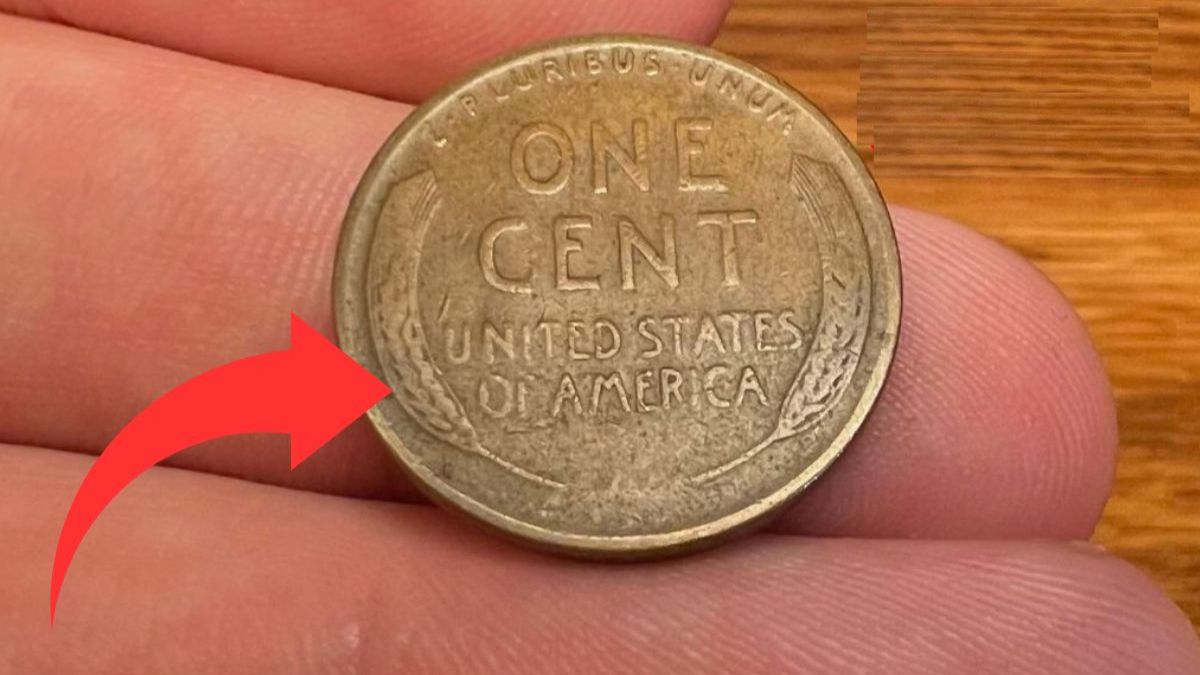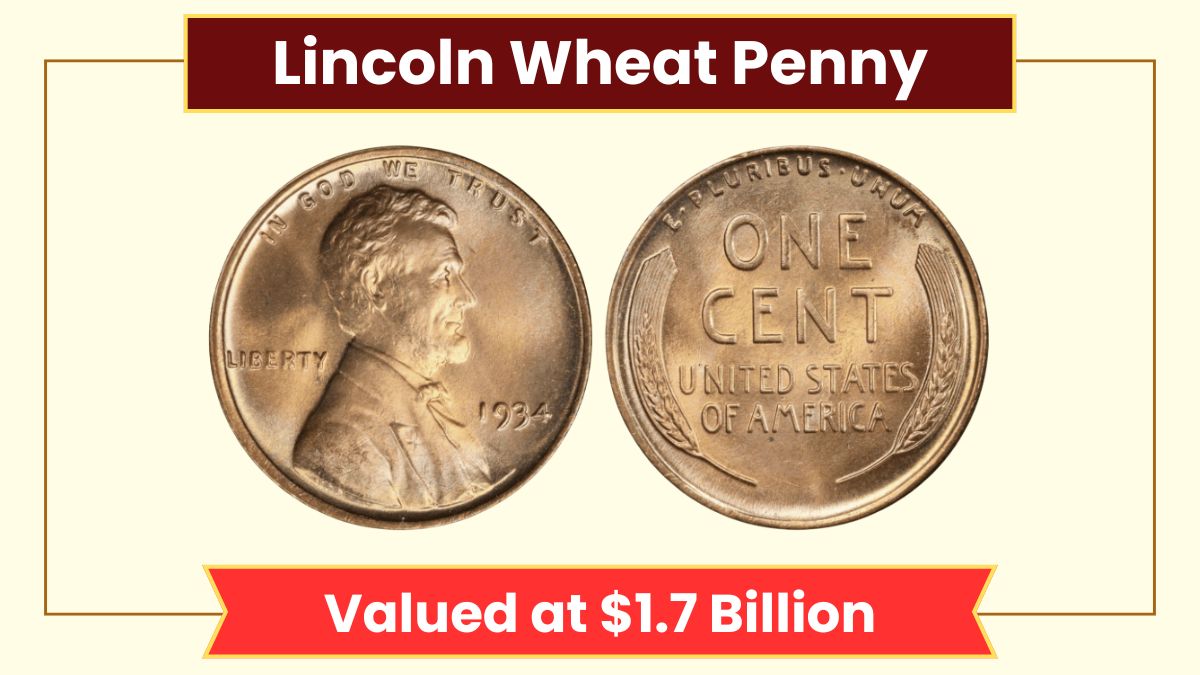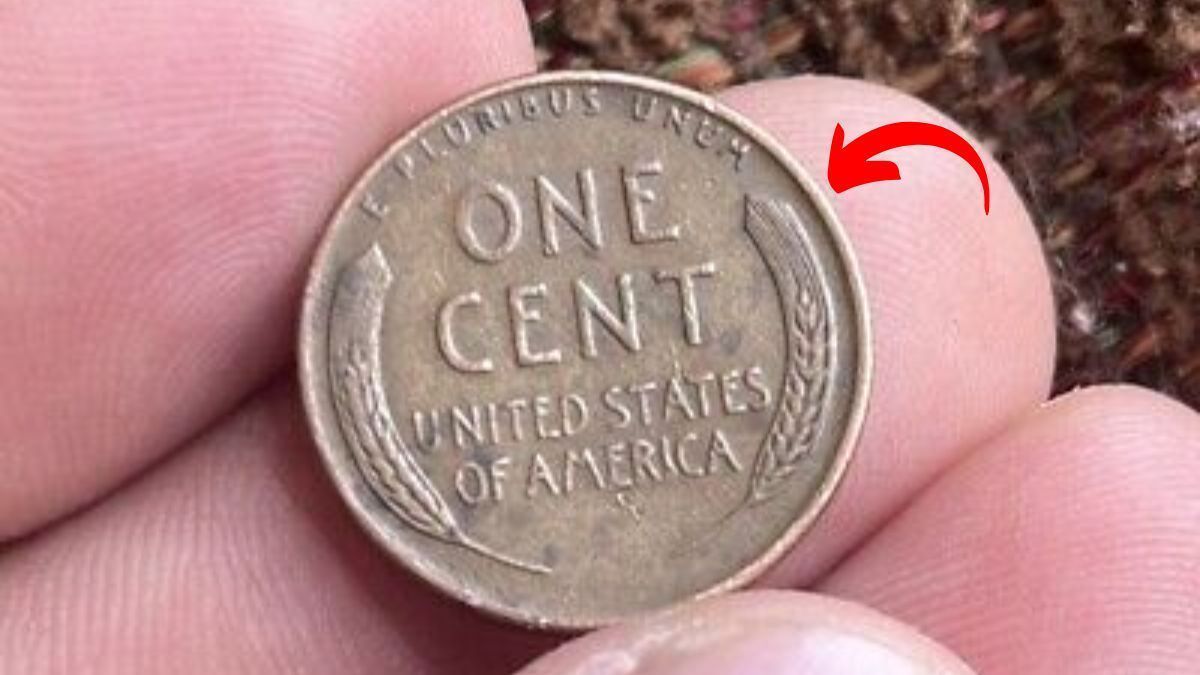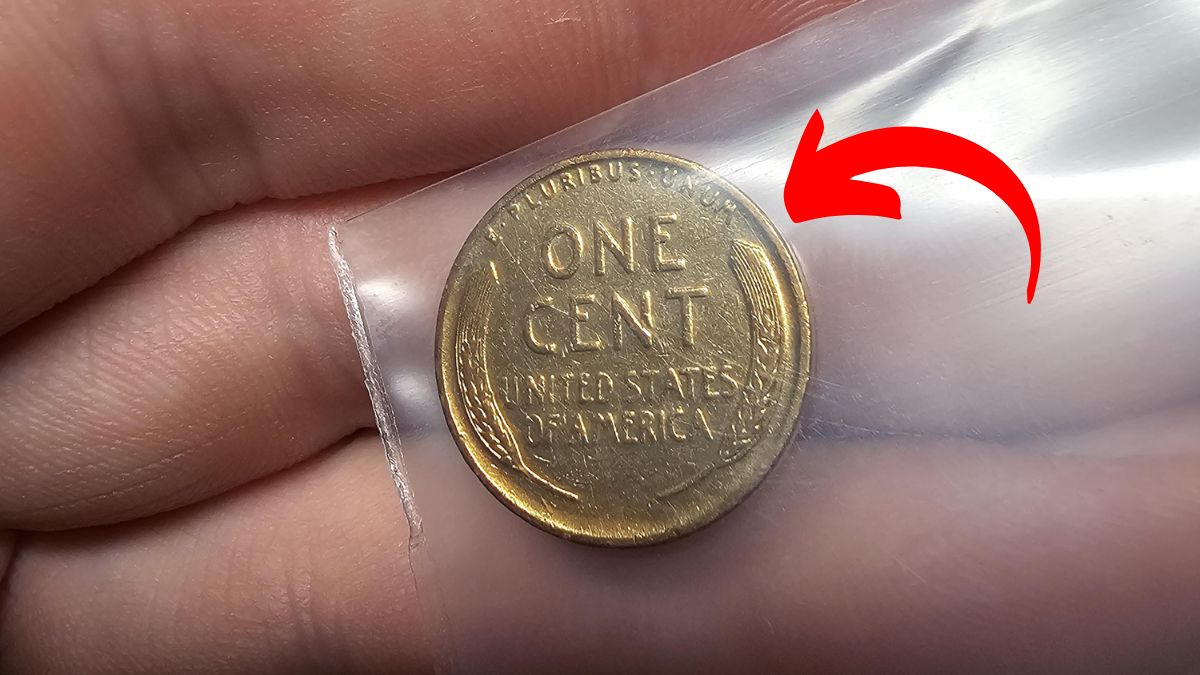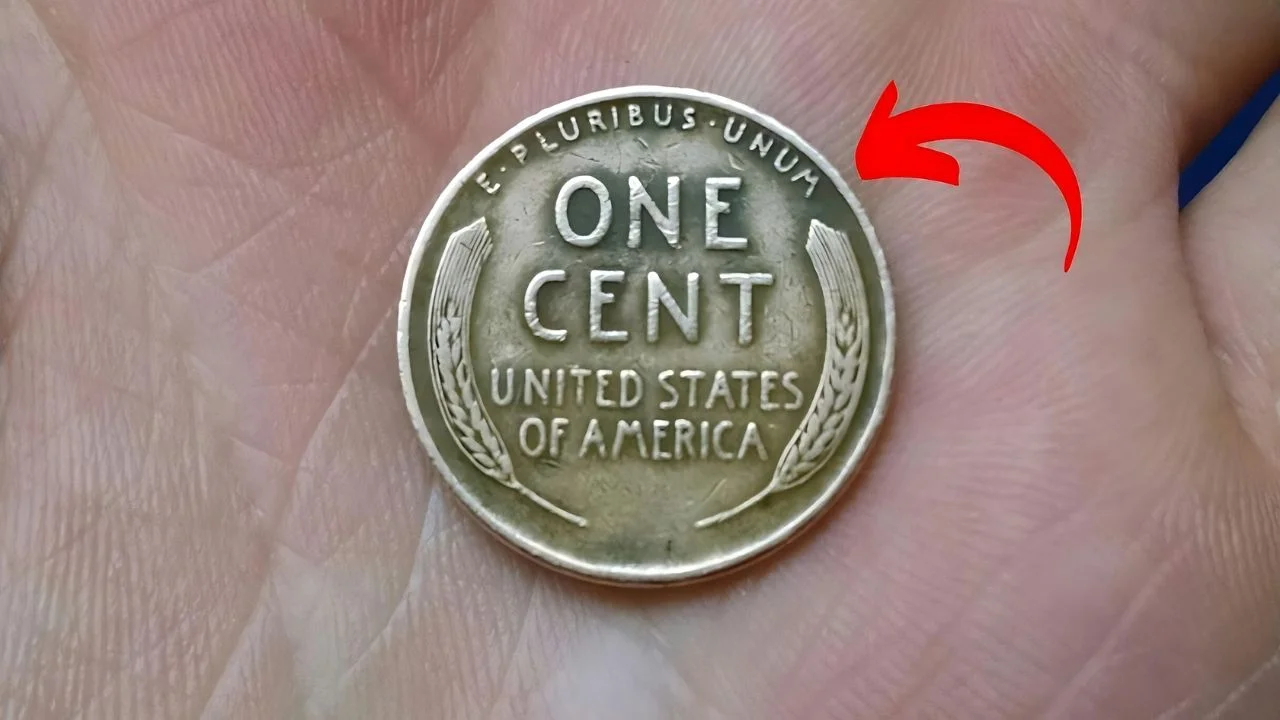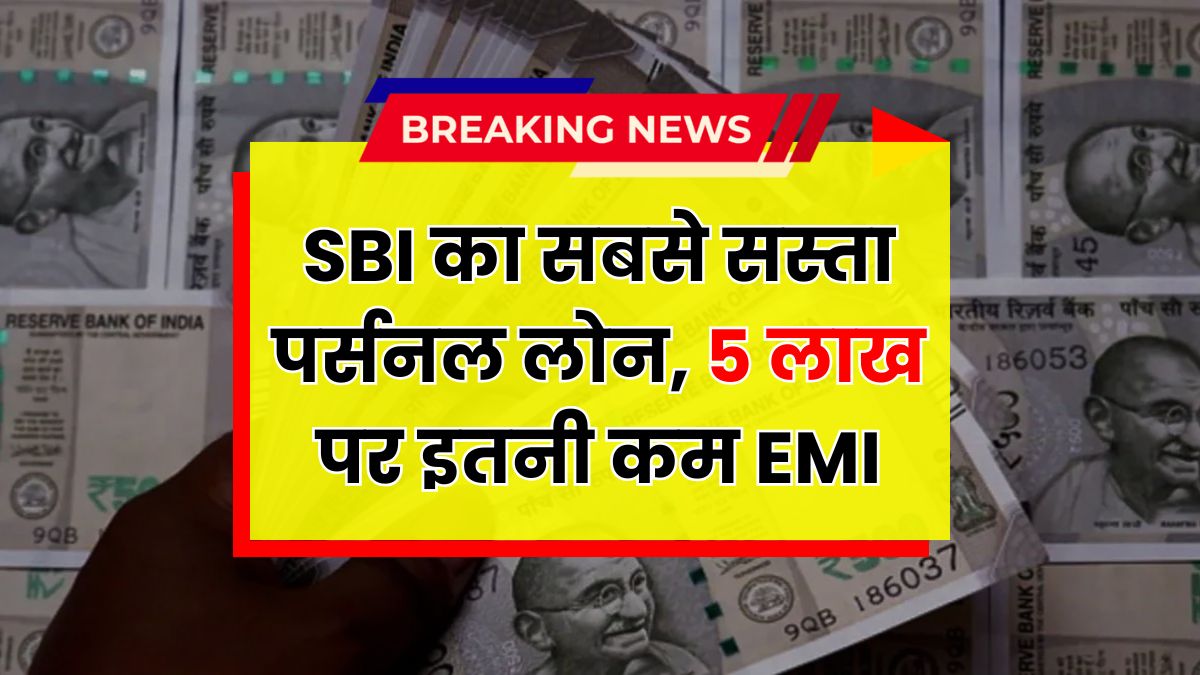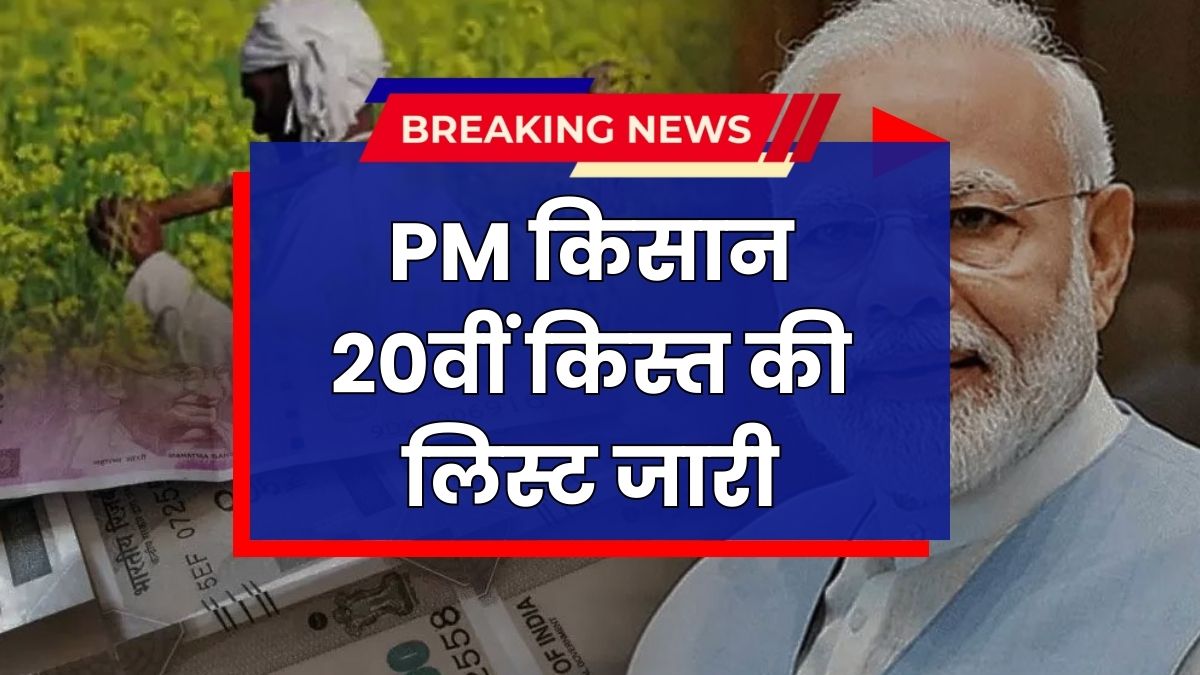Lincoln Wheat Penny Valued at $2.5 Billion – It sounds like a fantasy—how could a small, copper-colored Lincoln Wheat Penny, worth just one cent when it was minted, be valued at an astonishing $2.5 billion today? While no coin has ever officially sold for this amount, the story of such a valuation speaks to the mystique, rarity, and collector demand that surrounds a select few U.S. coins. Could a coin like this really exist—and more importantly, could it still be in circulation?
What Is a Lincoln Wheat Penny?
The Lincoln Wheat Penny was first minted in 1909 to commemorate the 100th anniversary of President Abraham Lincoln’s birth. Designed by Victor D. Brenner, it was the first U.S. coin to feature a real person. The coin’s reverse displays two wheat stalks, symbolizing American agriculture and prosperity, and this design remained in circulation until 1958.
While billions were produced, only a small number are considered truly rare—either due to minting errors, unusual materials, or historical events linked to their production.
Why Would a Lincoln Wheat Penny Be Worth $2.5 Billion?
Although no penny has ever sold for $2.5 billion, here are the key factors that could theoretically make a coin reach such an astronomical figure:
1. A One-of-a-Kind Minting Error
The most famous error penny is the 1943 bronze Wheat Penny. During World War II, the U.S. Mint used steel to preserve copper for war supplies. However, a few bronze planchets were accidentally used, and the resulting coins became some of the rarest in American history. One sold for over $1.7 million. If a similar penny were found with a previously unknown error—or if it was the only one ever produced—it could command a record-setting price.
2. Perfect Condition (MS-70 or PR-70)
Coins are graded on a 1 to 70 scale. A Mint State 70 Wheat Penny with a unique error and flawless detail could fetch massive bids from elite collectors—especially if it’s the finest known example.
3. Unmatched Historical Significance
A coin linked to a major historical figure or moment—such as being the first Lincoln Wheat Penny ever struck, or part of a presidential collection—could elevate it far beyond typical market value.
4. High-Profile Bidding War
Auction prices are driven by demand. If two billionaire collectors or a museum saw the coin as a must-have artifact, the price could go well beyond expectations, possibly entering billion-dollar territory—though this remains theoretical.
Could a $2.5 Billion Penny Still Be in Circulation?
While the odds are extremely low, the possibility cannot be ruled out entirely. Some of the most valuable coins in history were found in:
- Pocket change
- Bank coin rolls
- Estate sales
- Old jars or drawers
- Flea markets
Because most people don’t examine their pennies closely, a rare coin could still be circulating among everyday transactions—unrecognized and unappreciated.
What to Look for in a Rare Lincoln Wheat Penny
If you’re curious about whether you might have a valuable penny, here’s what to examine:
- Key Dates: 1909-S VDB, 1914-D, 1922 No D, 1931-S, 1943 bronze, 1944 steel
- Mint Mark: Found under the date. “S” = San Francisco, “D” = Denver, no mark = Philadelphia
- Weight: Bronze pennies weigh about 3.11 grams, steel pennies are about 2.7 grams
- Magnet Test: A 1943 penny that does not stick to a magnet may be a rare bronze version
- Error Signs: Look for doubling, misaligned strikes, or missing elements
- Condition: A shiny, well-preserved coin with sharp detail is far more valuable
If your penny fits any of these characteristics, consider having it professionally authenticated and graded.
What to Do If You Think You’ve Found a Rare Penny
- Do not clean it – cleaning reduces its value
- Use gloves or handle by the edges to preserve the surface
- Store the coin safely in a protective holder
- Submit it to a grading service such as PCGS or NGC
- Consult auction houses or coin dealers if it’s confirmed to be rare and valuable
Conclusion
While the idea of a $2.5 billion Lincoln Wheat Penny might seem mythical, it highlights the fascination and passion behind rare coin collecting. Though such a coin hasn’t officially been found—or valued at that price—the history of numismatics shows that even the smallest coins can carry incredible worth. So before you dismiss that old penny in your change jar, take a second look. You could be holding one of the rarest treasures in American coinage history.
Disclaimer: The value of coins mentioned in this article is based on market speculation and collector interest. Always consult a certified coin appraiser or grading authority for an accurate assessment.
